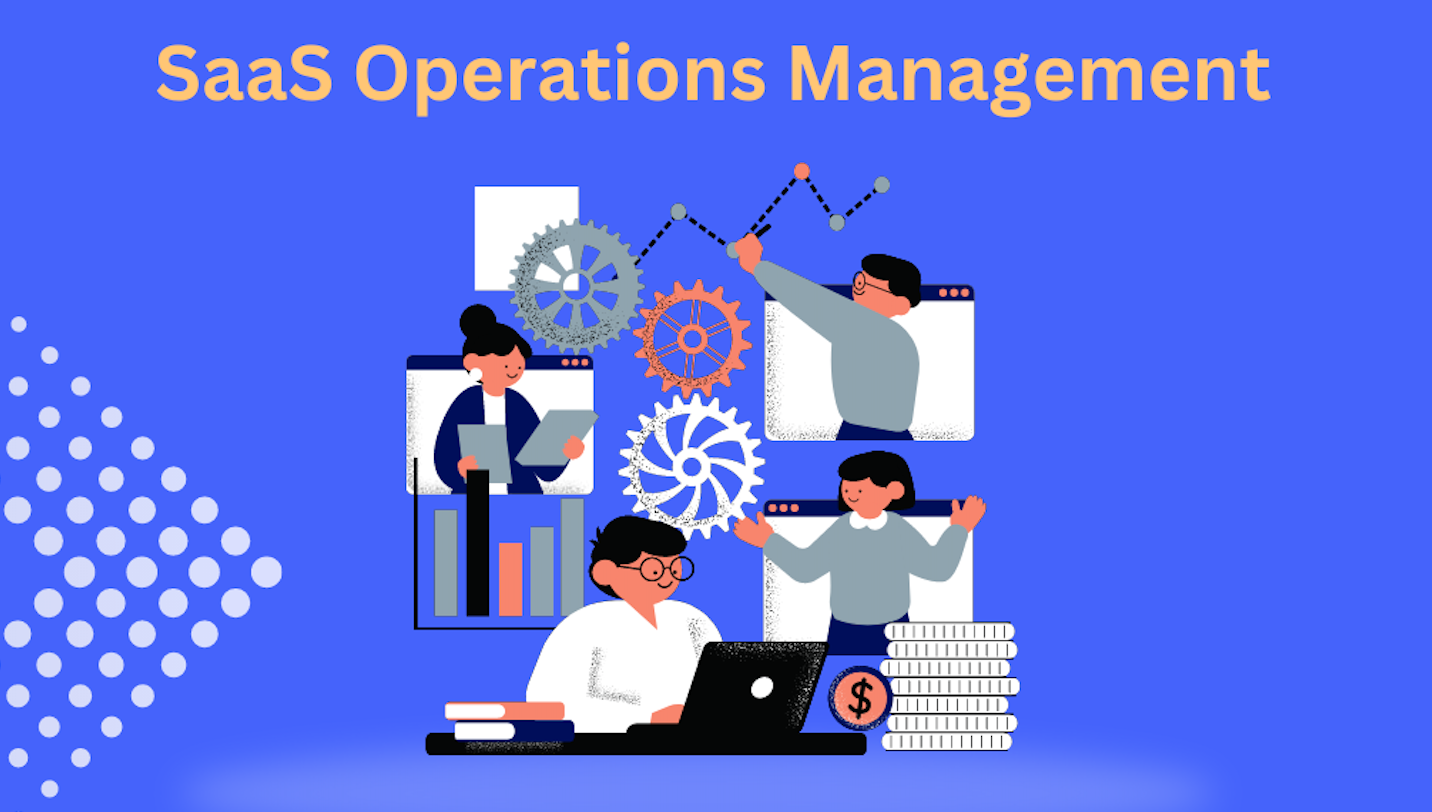SaaSOps Essentials: Challenges, Best Practices, and Solutions
However, SaaSOps offers a solution in this front. To use SaaSOps effectively, you need to be aware of the best practices for SaaSOps management. This guide will give you a detailed overview of what SaaSOps is, what are the challenges related to SaaSOps, and how you can overcome them.
Part 1. What is SaaSOps?
The practice of carrying out the discovery, management, and security of the SaaS or Software as a Service application through automated and centralized operations is referred to as SaaSOps. This is done to reduce friction, improve collaboration, and provide an enhanced employee experience.
Almost every internal process including webinars, recruitment, HR management, and file sharing can be made easy with SaaS applications. Most businesses these days are very dependent on SaaS apps and use more than a hundred SaaS apps since they can greatly improve the effectiveness and efficiency of the digital space.

Part 2. Why is SaaSOps Indispensable?
SaaSOps can greatly affect the functionality of the internal processes in any business. Here are a few reasons why businesses can’t do without SaaSOps.
1Managing expenses effectively
SaaSOps reduces the burden on finance, ops, and security teams, which in turn reduces the cost as well. With a SaaSOps team in place, you can get a centralized view of the SaaS stack of your company. This puts a stop to the racking up of uncontrollable costs. Better decisions can be made with regards to cost optimization since SaaSOps makes the SaaS cost forecasting simple.
2Optimizing workflows
SaaSOps can optimize workflows which in turn would improve the overall efficiency and productivity. SaaSOps streamlines workflows and also ensures that the right tools are available. This would optimize all the tasks, save time, and enhance productivity. It also has a positive impact on automation, collaboration, and onboarding.
3Navigating changes with ease
SaaSOps improve adaptability and make it easier for any company to accommodate changes with ease. Since organizational needs keep evolving with time, having a SaaSOps team can make integration, management, and scaling SaaS apps swift and easy with centralized automation and management.
4Informed choices for success
SaaSOps gives clear information about the software in use and its performance. Such insights can drive faster and smarter decision-making aimed at your company’s success. By knowing what tools are being used and how they are performing, organizations can allocate resources more effectively and come up with a strategic plan.

Part 3. Common SaaS Challenges
While using SaaS applications, businesses face plenty of challenges. Here are a few common hurdles faced in the ever-changing SaaS era.
1Application overload
With numerous applications working on similar lines, a business can easily feel overwhelmed. Each team and department of your company may opt for independent tools which ultimately leads to redundancy and waste of resources. This makes managing and integrating these tools a tedious task. This can hinder the overall efficiency to a great extent.
2Manual management burdens
SaaS application management involves multiple manual tasks that are pretty time consuming. From configuring settings to adding and removing users, such processes can strain IT teams and consume valuable resources. Additionally, the risk of manual errors also increases which can compromise the regulatory compliance and data security.
3Security concerns
Unauthorized SaaS apps are a major security risk. Such apps lack appropriate compliance measures and oversight due to which they are vulnerable to cyber threats and data breaches. Authentication mechanisms, insufficient access controls, and other such security vulnerabilities can expose sensitive data for malicious attacks.
4License optimization issues
SaaS license management is a daunting task for any business. When license tracking and management is not up to the mark, there may be added expenses and underutilization of resources. This comes with the struggle for license usage optimization which further leads to fund wastage. This can leave a major administrative burden and financial strain on a business.

Part 4. Best SaaSOps Practices
IT leaders are given the responsibility of ensuring that the cloud investments are being used adequately. Additionally, they need to mitigate risks and maintain compliance as well. Such goals can be achieved with ease when the following practices are followed.
1SaaS management centralization
It is crucial that the SaaS management is centralized. When you use a single platform for comprehensive management, the SaaS services and subscription can be viewed clearly.
For instance, through centralization the active subscriptions, renewal management, and usage monitoring can be tracked from one place. This helps in uncovering redundant subscriptions and effective cost management.
2Strong access control implementation
With strong access controls, you can ensure that only those apps, tools, and data are available to any particular user that are needed for them to complete their job. This can be done with the help of a RBAC or Role Based Access Control system.
For instance, a person in the marketing team would instantly get access to a certain tool whereas the same tool may not be accessible to a person in the finance team.
3SaaS spend monitoring and optimization
In order to prevent financial leaks in your company, keeping an eye on the SaaS spend is very important. When each SaaS tool is routinely analyzed for usage frequency, the tools that are not being fully utilized can be pinpointed and later removed or scaled back. This can greatly impact the cost reduction.
Part 5. How AirDroid Business Can Help with SaaSOps?
AirDroid Business is one of the most popular mobile device management tools and has several features that make it a profitable investment for helping with SaaSOps. Some of the best features of this tool are listed below.
Remote access and control
AirDroid Business supports the function of remote access and control, therefore, the admins can easily control and manage SaaS apps even remotely.
App management:
With AirDroid Business, the admins can manage SaaS apps easily. For example, admins can install/uninstall apps, staged rollout and scheduled release SaaS apps. Additionally, AirDroid Business allows for tracking app data usage, so admins can see how much data these apps are using.

Apart from AirDroid Business, here are other SaaS tools as well that can ease the business processes to a great extent.
Slack
This is a cloud-based communication platform for different teams in a business. It has a free version as well a premium version through which you can get several functionality access like media sharing, file sharing, text messaging, video calls, voice calls, and a group chat for entire team collaboration.
Zoom
This is a video conferencing or meeting tool and is compatible with the majority of the platforms. It has multiple features including AI aided collaboration, email and content generation, generating meeting and chat thread summary, whiteboard collaboration, powerful zoom phone integrations, and so much more.
Asana
This comprehensive tool for project management helps teams in organizing tasks, creating project timelines, and tracking progress. It has multiple useful features like task dependencies, customizable workflows, and seamless integration with other SaaS tools.
Dropbox
Dropbox is a type of file sharing and storage service where you can have every useful data in a single place. Every type of file can be opened, shared, and even stored in Dropbox. It has several attractive features like secure sharing, automatic backup, data synchronization, direct link sharing, and easy file transfer.
Conclusion
Basically, getting SaasOps right is crucial for overcoming challenges and boosting efficiency. By using the smart techniques explained in this article, businesses can make operations better, reduce risks, and keep growing in the world of online technology.










Leave a Reply.